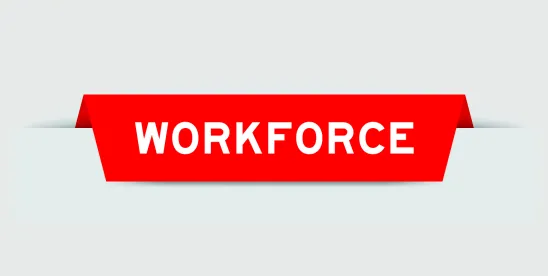In January 2025, the settlement agreement that returned USCIS to its practice of “bundling” adjudication of extensions of stay and applications for employment authorization documents (EADs) for dependent spouses of H-1B and L-1 visa holders will expire. Without that bundling policy, some dependents and their employers could experience lengthy processing times and possible gaps in employment authorization.
Bundling here means that USCIS would adjudicate H-4 and L-2 dependents’ requests for extensions of stay and EADs concurrently with the principal’s H or L extension. And, if the principal’s case is premium processed, the rest of the family’s cases would generally receive similar treatment.
Other USCIS policies that would still be in effect could help overcome gap issues for dependents who only need employment authorization and have valid status:
- In 2022, USCIS clarified that spouses of L and E foreign nationals have work authorization incident to their status. They can work without applying for EADs if their status does not need to be renewed.
- As of Oct. 1, 2023, H-4 and L-2 applicants for extension of status are exempt from biometrics in most cases. Biometrics slow down processing.
- In April 2024, USCIS increased the automatic extension of status from 180 days to 540 days for applicants who timely file EAD renewal applications. Those in H-4 and L-2 status who need an EAD must have a still valid I-94 to be eligible for automatic extension.
Employers should think about the potential impact of the loss of the bundling policy in January 2025 and work with immigration counsel to develop a strategy:
- Consider if any employees will need to renew H-4 or L-2 status;
- Inform affected employees about the possibility of upcoming changes and provide guidance on how to navigate the new processes; and
- Develop contingency plans to address potential employment disruptions. This may include identifying alternative work arrangements or temporary staffing solutions to mitigate the impact on business operations.




 />i
/>i

